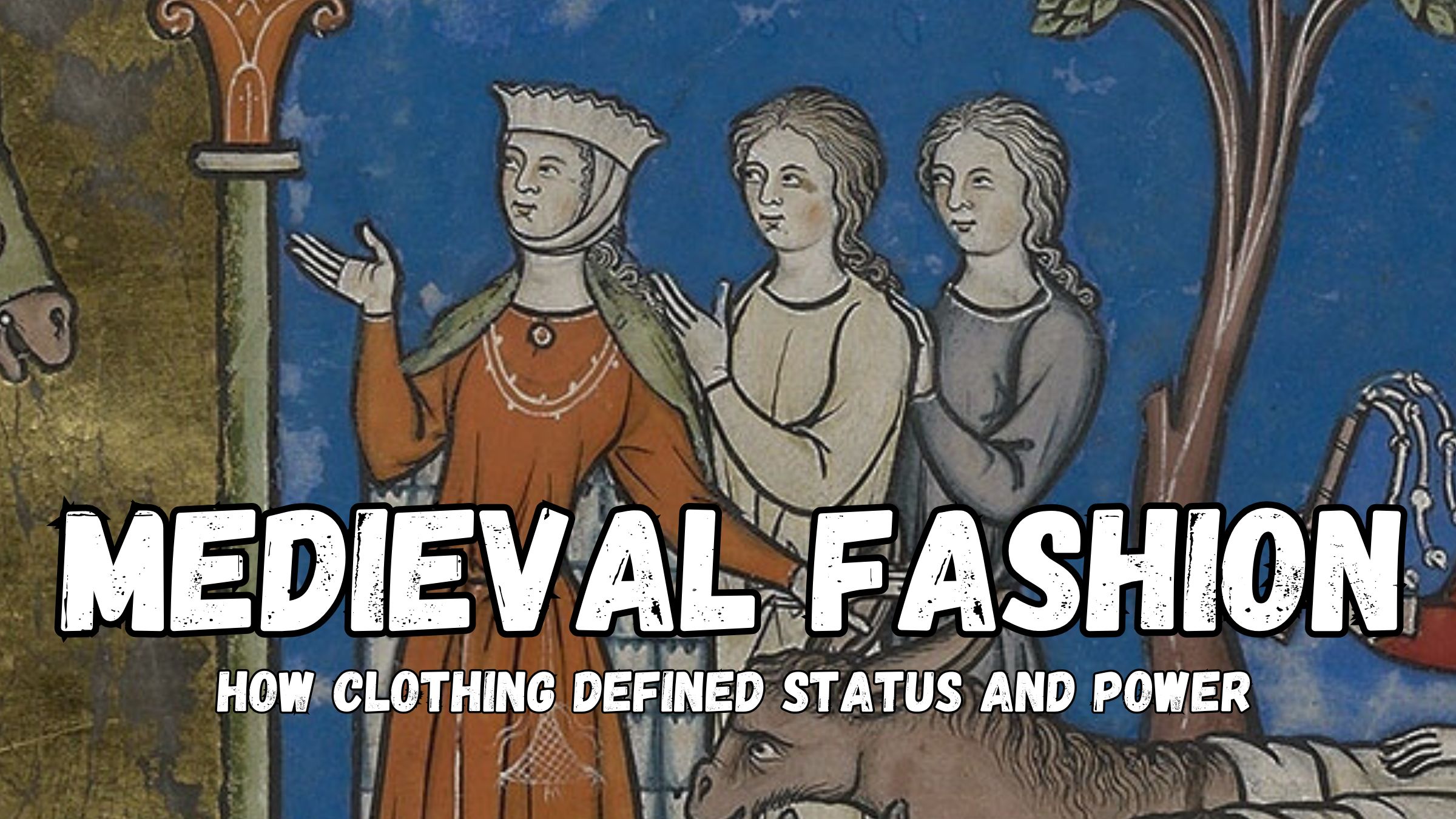
"In 13th-century noble society, clothing instantly communicated status, wealth, and rank-from the royal ladies through to the household servants who attended them. There was no such thing as shabby chic in the Middle Ages. The fancier the clothes, the wealthier the person. And it wasn't just the nobility who paid attention to their garments-their servants' uniforms also projected symbols of status and wealth. Here we'll break down what some of the highest-ranking nobles wore in thirteenth-century England, the clothing they provided to their servants, and what it all meant."
"Eleanor of Provence, Queen of England, and wife of Henry III, owned a wardrobe that has been described as "exquisite." In addition to her decadently decorated chambers and chapel, Eleanor wore only the finest robes and gowns. Her appearance, and that of her immediate family and household, was a "facet of queenship" and was of utmost importance when it came to displaying her power as it was an outward reflection of both her social and her political status."
"For her sons, Eleanor purchased camlet tunics. Camlet was an imported fabric made in Asia, primarily Cyprus, out of camel or goat hair. For her daughter Margaret's wedding, Eleanor and the king wore samite cloaks with gold braid and ermine mantles-an immense display of wealth and status to every guest in attendance. Ermine, a fur reserved especially for royalty, was soft and white with black spots from the stoat weasel. Samite was a very luxurious, heavy silk fabric woven with gold thread."
Clothing functioned as an immediate and obvious marker of social rank and wealth in thirteenth-century England. Nobles and royals displayed status through luxurious fabrics, ornate trims, and exclusive furs. Queens maintained elaborate wardrobes that reinforced political and social standing by dressing family and household in high-quality garments. Imported textiles such as camlet and samite and furs like ermine signaled immense wealth. Garments were decorated with gold and silver thread, pearl buttons, and distinctive colours. Servants' uniforms also participated in status signaling, extending visual indicators of rank throughout the household.
Read at Medievalists.net
Unable to calculate read time
Collection
[
|
...
]